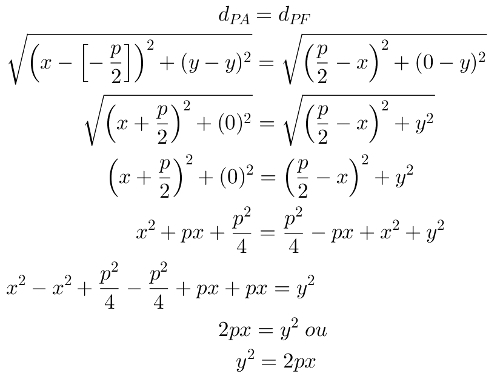hemolysis it is the process in which the red blood cell membrane ruptures and the resulting release of hemoglobin and other substances into the environment. Hemolysis can occur in the human body or during blood processing. It is said that hemolysis is in vivo or in vitro when it occurs in the body or outside the body, respectively.
hemolysis in vivo can cause serious health problems, such as hemolytic anemia, a disease characterized by the early destruction of red blood cells. Jaundice and splenomegaly are signs of this pathology, which can be hereditary or acquired. In cases of severe hemolysis, blood transfusions may be necessary.
Hemolysis can cause an increase in the production of erythropoietin, which acts on the marrow and stimulates the maturation of erythroblasts. This causes reticulocytes (immature red blood cells) to be released into the blood and that is why hemolytic anemias are also called hyperproliferative. Hemolysis also causes an increase in bilirubin, which can lead to the formation of gallstones.
In addition to hemolytic anemia, another disease related to hemolysis is fetal erythroblastosis. It occurs when an Rh negative mother has an Rh positive baby. During pregnancy or during childbirth, the mother may have contact with the child's blood and become sensitized, causing problems if she has another pregnancy with an Rh positive baby. The mother begins to produce antibodies, which may reach the fetus' circulation during the new pregnancy and cause agglutination and hemolysis.
Do not stop now... There's more after the advertising ;)
When hemolysis occurs in vitro, it is due to incorrect procedures for collecting, processing the material, transporting or otherwise inappropriately storing the blood sample. When these errors occur, a new collection becomes necessary. Prolonged application of a tourniquet and transfer of blood from the syringe to the tube without removing the needle, for example, can lead to hemolysis.
In vitro hemolysis can influence the results of some tests. Research has shown that low rates of hemolysis can reduce fasting blood glucose test values and alter serum LDH activity. Therefore, it is essential that the collections are done properly so that the quality of the exams is satisfactory.
By Ma. Vanessa dos Santos
Would you like to reference this text in a school or academic work? Look:
SANTOS, Vanessa Sardinha dos. "What is hemolysis?"; Brazil School. Available in: https://brasilescola.uol.com.br/o-que-e/biologia/o-que-e-hemolise.htm. Accessed on July 27, 2021.


